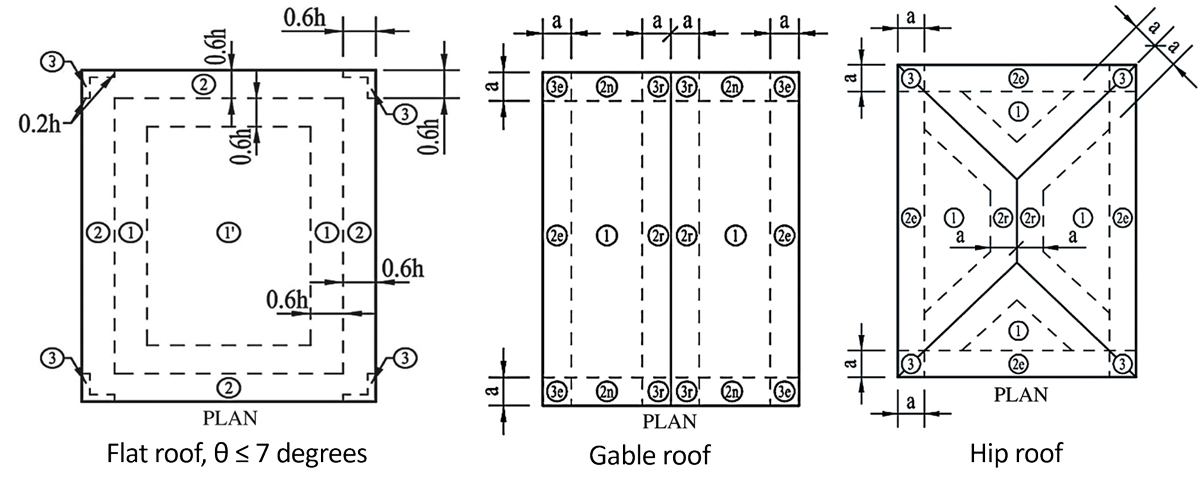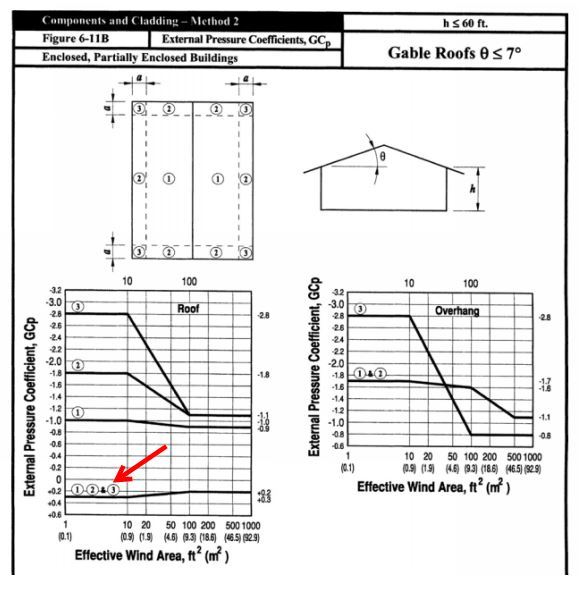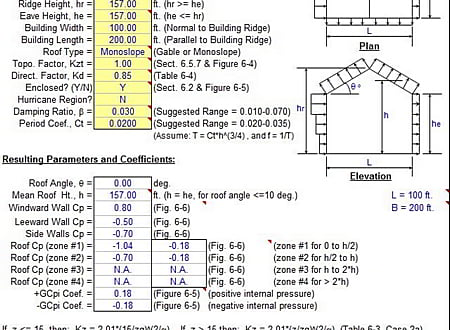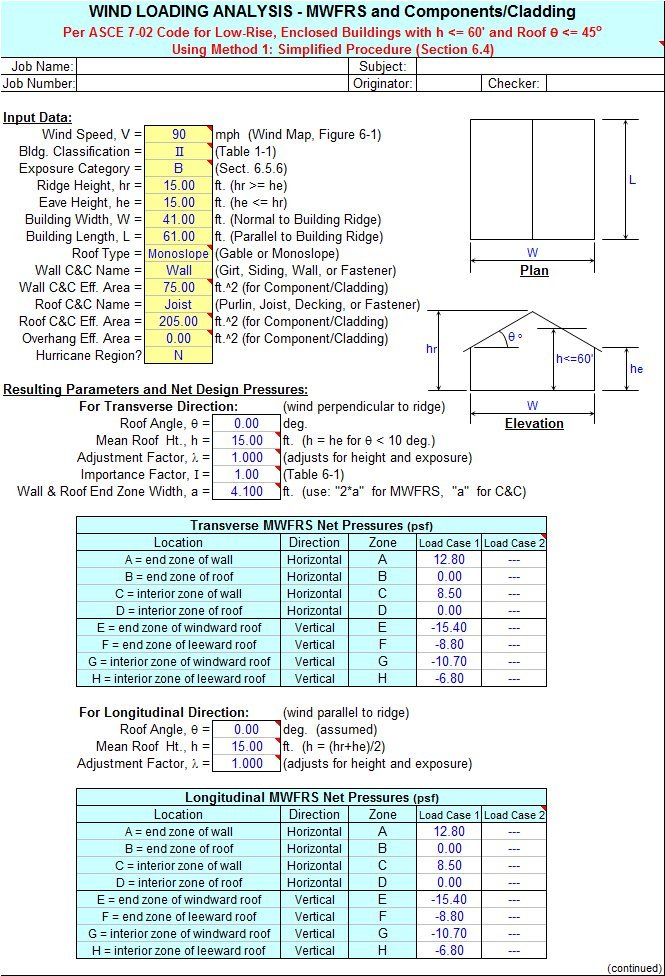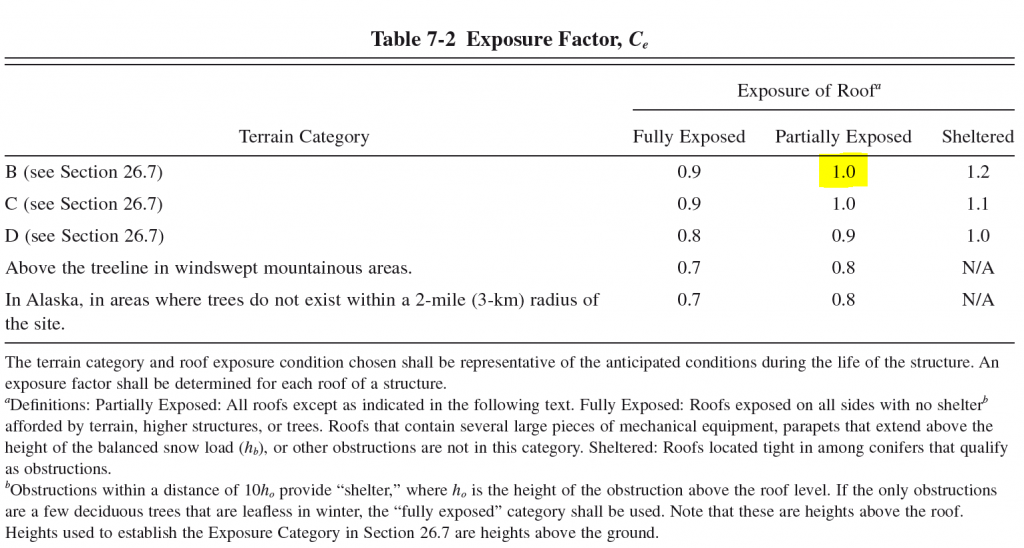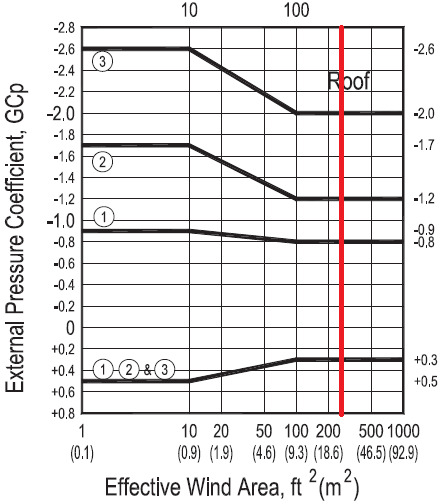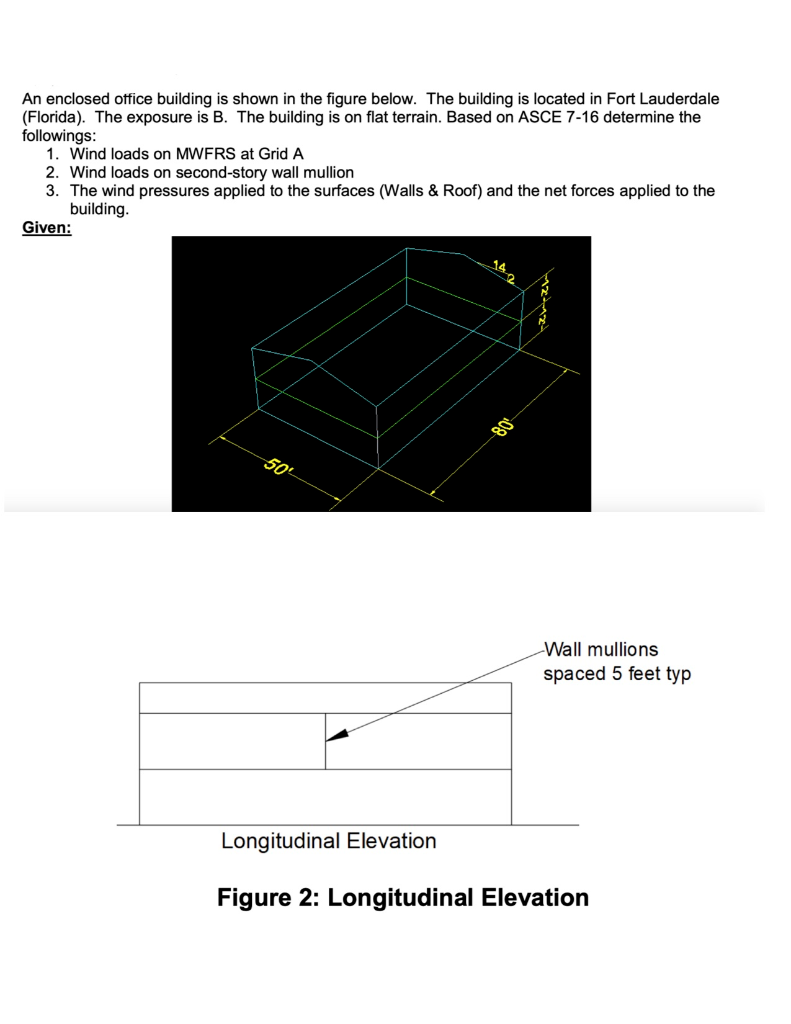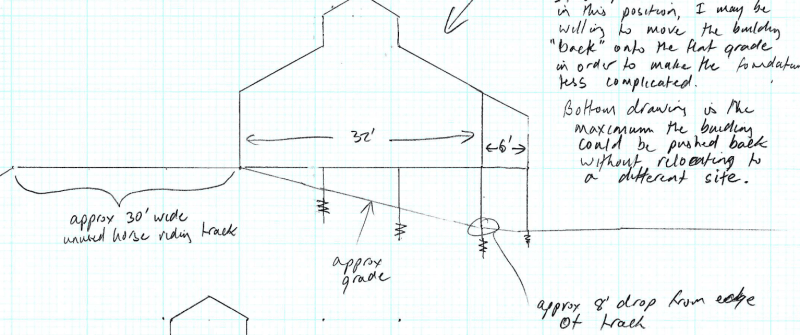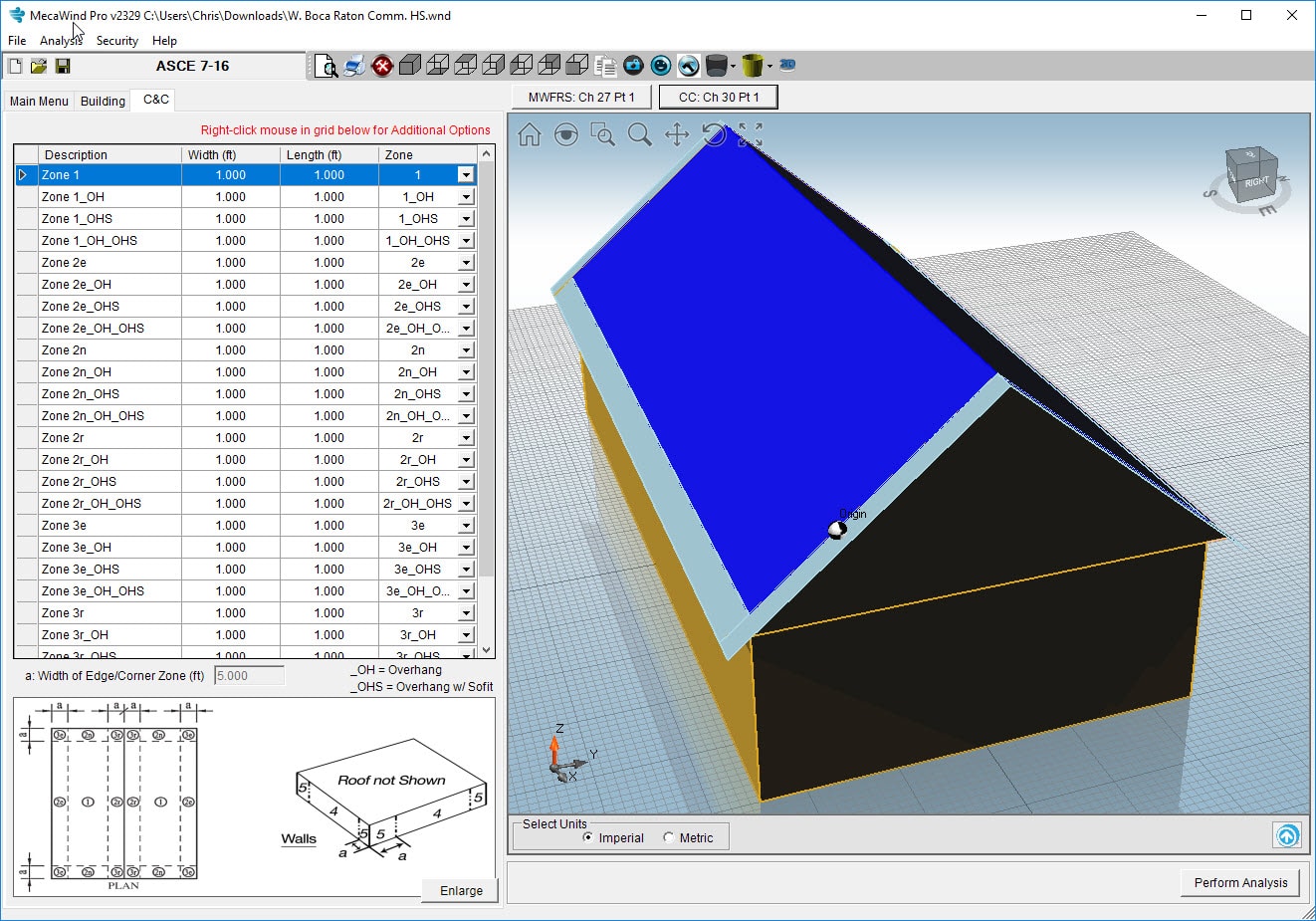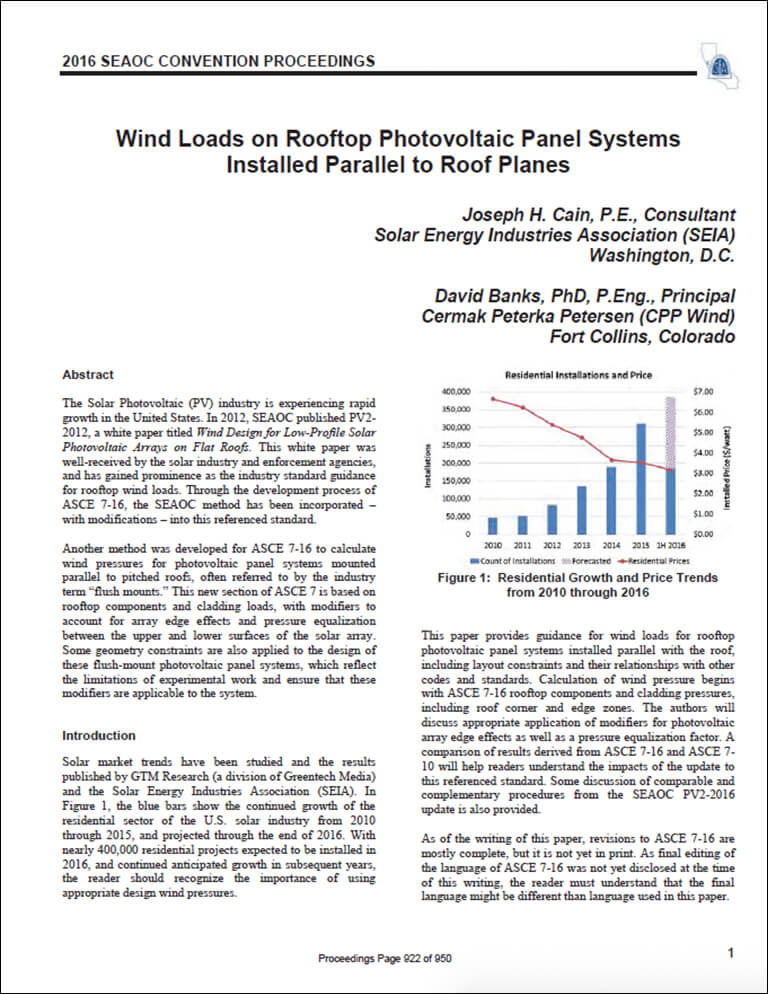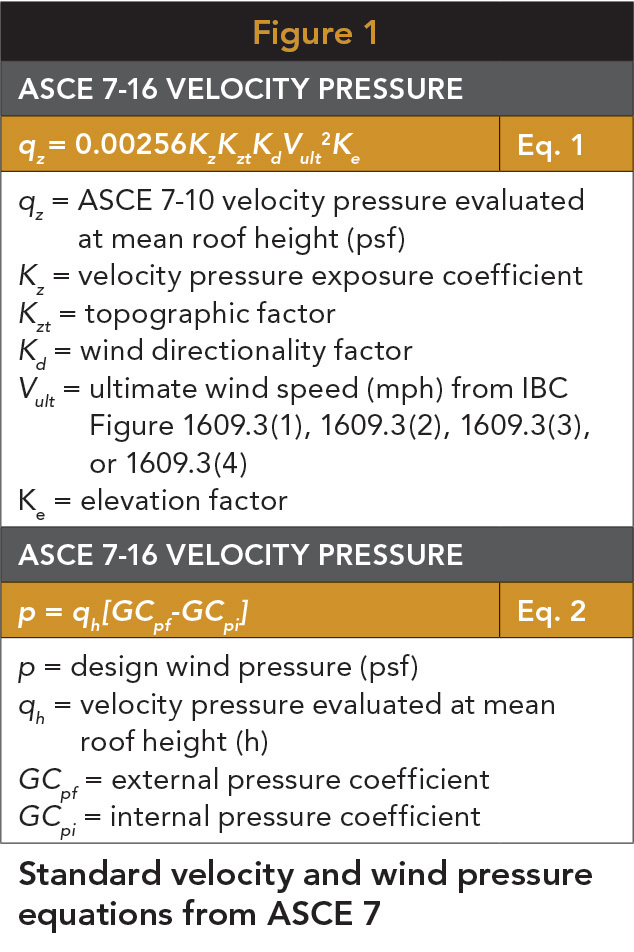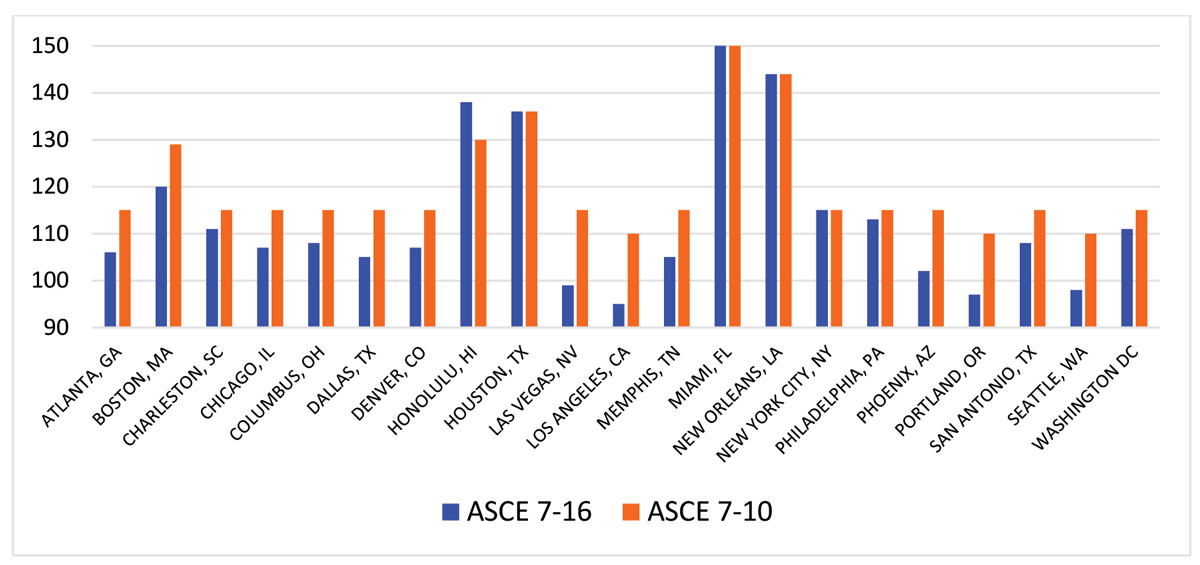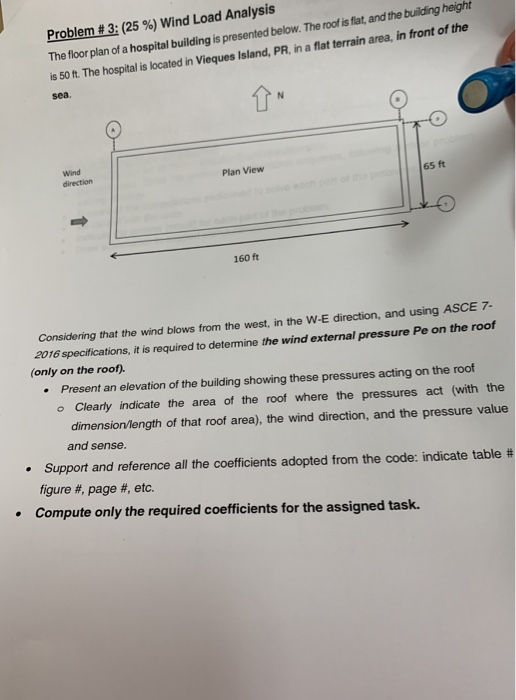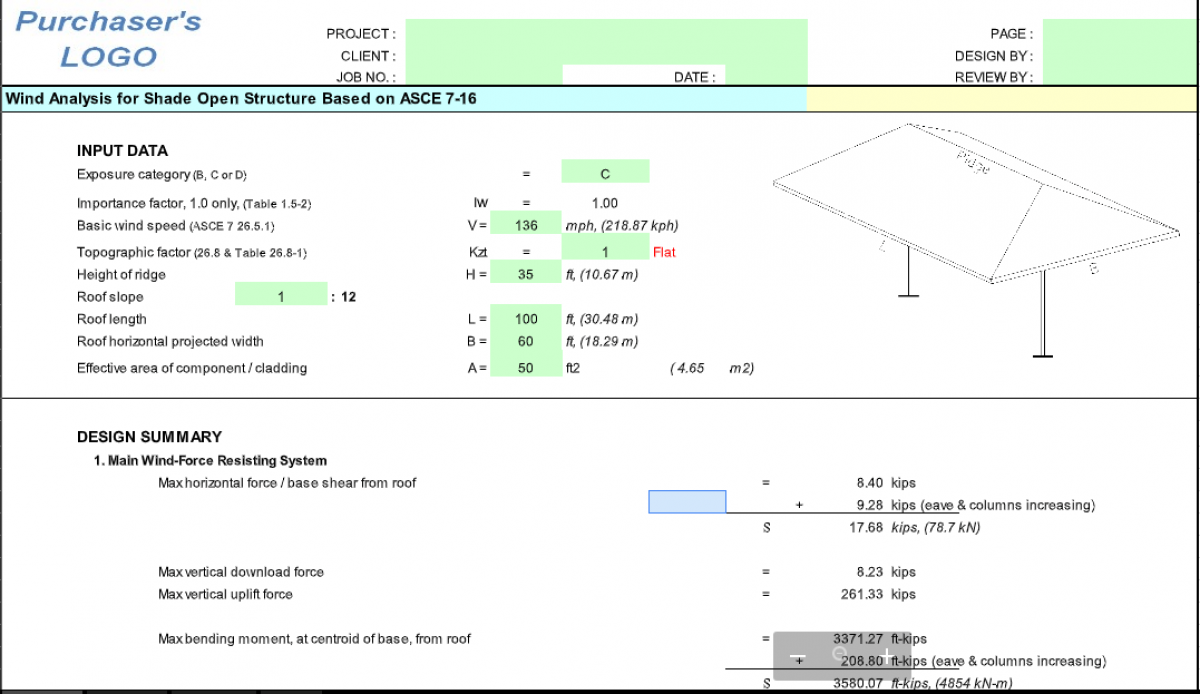The simplified procedure is for building with simple diaphragm roof slope less than 10 degree mean roof height less than 30 ft regular shape rigid building no expansion joints flat terrain and not subjected to special wind condition.
Wind load on flat roof asce 7.
The simplified procedure is for building with a simple diaphragm roof slope less than 10 degrees mean roof height less than 30 feet 9 meters regular shape rigid building no expansion joints flat terrain and not subjected to special wind condition.
By the specific provisions of asce 7 the main wind force resisting system mwfrs wind loads for buildings provide for the following pressures method 2.
Components cladding wind load provisions roofs walls 3.
Basics of wind load provisions mwfrs s 2.
Asce 7 05 provides two methods for wind load calculation.
Flat roof snow loads p f the snow load that is applied to our structure is not the ground snow load but in most cases the flat roof snow load.
Uplift on the flat roof.
Per asce 7 10 buildings are composed of 5 different zones depending on the wind loading they are subjected to.
Evaluation of asce 7 10 flat roof c c interior zone asce 7 16 wind provisions evaluation of asce 7 10 flat roof c c there are problems with both magnitude of the area averaged pressure coefficients and the zone sizes using the larger coefficients and l shaped corner.
In order for a structure to be sound and secure the foundation roof and walls must be strong and wind resistant.
The occupancy category is defined and classified in the international building code.
Wind loads on non standard buildings asce 7 10 wind.
From figure 30 3 1 page 335 kzt kzt default 1 00 refer to section 26 8 and figure 26 8 1 to determine the wind speed up effect.
This is speciically geared toward wind analysis of simple one story buildings with flat roofs.
Basic wind speed v the asce 7 10 provides a wind map where the corresponding basic wind speed of a location can be obtained from figures 26 5 1a to 1c.
A simplified procedure and an analytical procedure.
Wind loads for signs other structures roof top structures equipment other special conditions 4.
Has the lowest load.
This zone accounts for approximately 80 of the roof surface represented in the interior zones of the roof.
See table 1 5 1 of asce 7 10 for more information about risk categories classification.
The analytical procedure is for.
Asce 7 10 provides two methods for wind load calculation.
Other considerations for sloped roofs can be found throughout chapter 7 of asce 7 10.
Asce 7 16 design pressure calculator.
Wind tunnel applications for buildings 5.
A simplified procedure and an analytical procedure.
